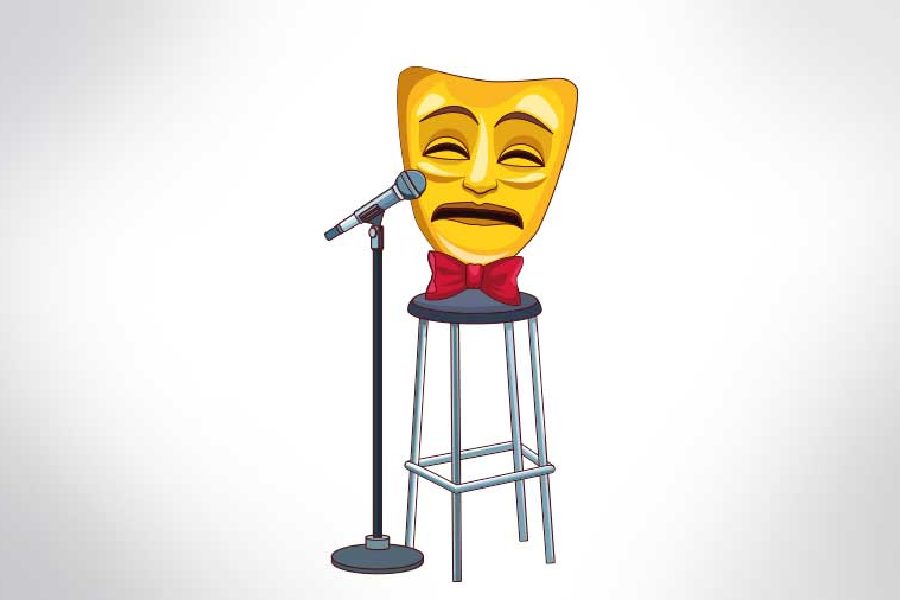Modern comedy can be serious business. Indeed, stand-up comedy shows, a relatively recent form of entertainment in a country with rich and diverse traditions of humour, have become, according to several estimates, quite popular — and profitable — in urban and rural India. But comedy can also be decidedly unfunny at times. Consider its complex, evolving relationship with casteist sentiments. Recently, a comedian, Swati Sachdeva, was criticised for poking fun at reservation in a decidedly insensitive manner. This incident was by no means without precedence. Several episodes pertaining to what has been christened as savarna, metropolitan humour are on record and there is a line of thought, especially among Ambedkarite and bahujan fraternities, that comedy’s cosy relationship with caste demands a closer examination of the demography of its performers: a disproportionate segment of the performers are said to belong to the upper castes that have traditionally had an easier access to social capital such as education, English — the predominant language of such performances — and employment. But then humour, as always, is a double-edged weapon. India’s anti-caste coalitions have been quick to discover the potential of new-age comedy and its ecosystem. The infusion of technology — social media is replete with anti-caste memes and pages — has been instrumental in amplifying voices from the margins couched in satire. For instance, several channels and handles on such platforms as YouTube and Instagram bring forth issues of caste repression and forge counter-narratives using humour in an imaginative way.
These cross-currents only underline some old truths about comedy. That prejudice, sometimes in its crudest form, is comedy’s fodder. Or that comedy is seldom benign; more often than not, it is politically-charged. It is thus a pity that India’s public discourse remains indifferent to the need for an intelligent assessment — lay and scholarly — of the sociology of humour. But such an endeavour, if there is to be one, would have to be representative. This is because humour — comedy is merely one manifestation — is a turf marked by tectonic shifts. Consider one such ongoing battle. Most consumers of stand-up comedy are seldom aware of older, indigenous templates, such as the once popular hasya kavi sammelans in northern India. Their insular stage has space only for the stand-up comedian.
This brings us to a broader — relevant — query. Is the burgeoning business of metropolitan comedy which, at times, allegedly panders to casteist, sexist and even bigoted humour, a testament to the robustness of India’s free speech edifice? That is a bit of a joke. A scrutiny of the capaciousness of free speech and democracy must be accompanied by a scrutiny of who the joke is on. That may reveal metropolitan comedy’s catchment area to be women, the working class, domestic helps, the unsophisticated town man — in other words, India’s vast and underappreciated margins remain the butt of jokes. Insularity cannot be a measure of true comedy. Reflection is a far more reliable measuring rod. Can urbane upper caste India crack a few jokes on its own vanities and follies?

